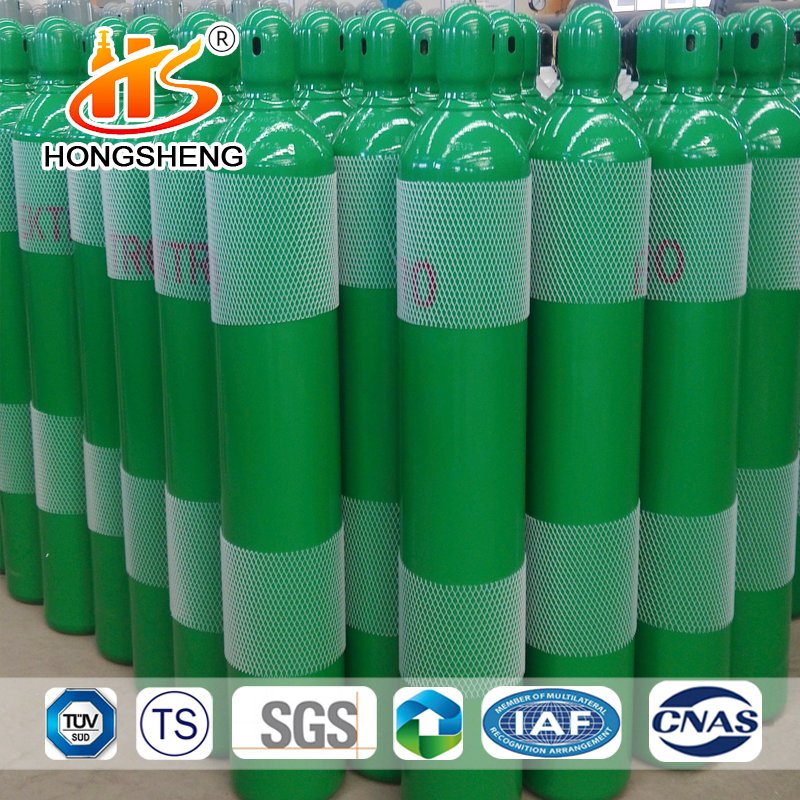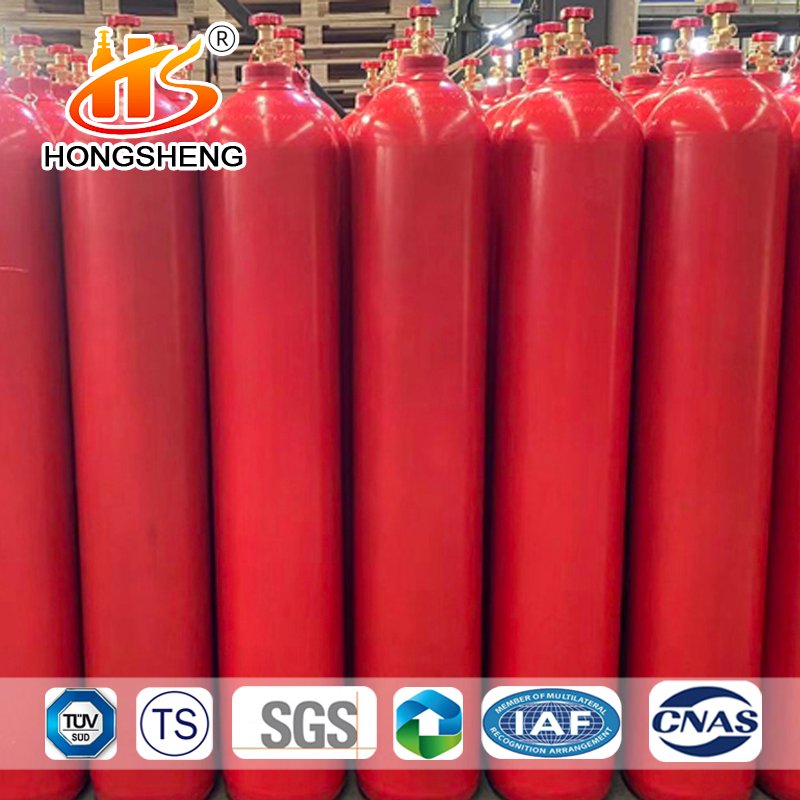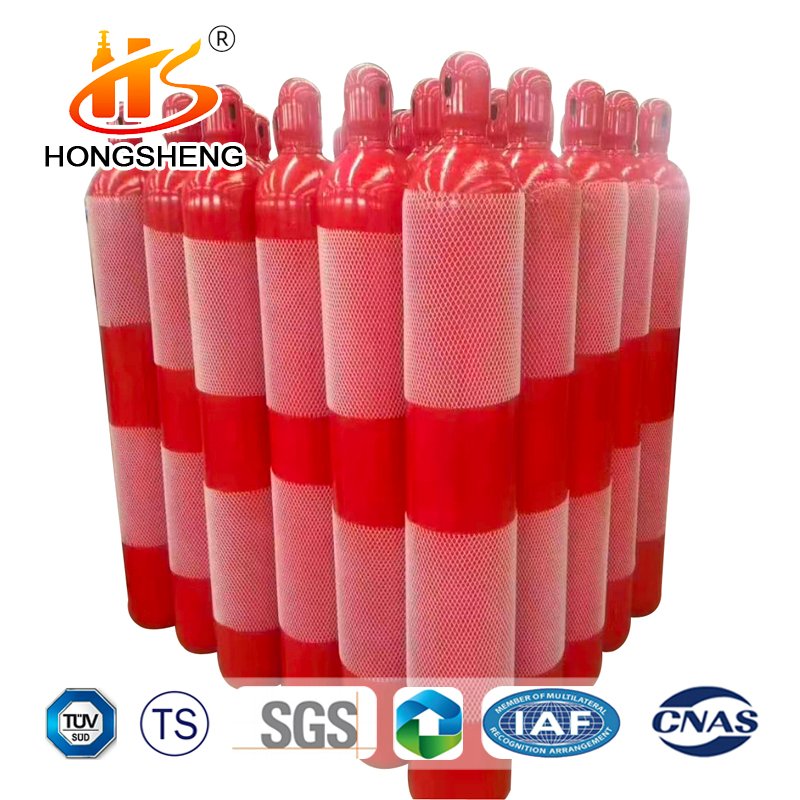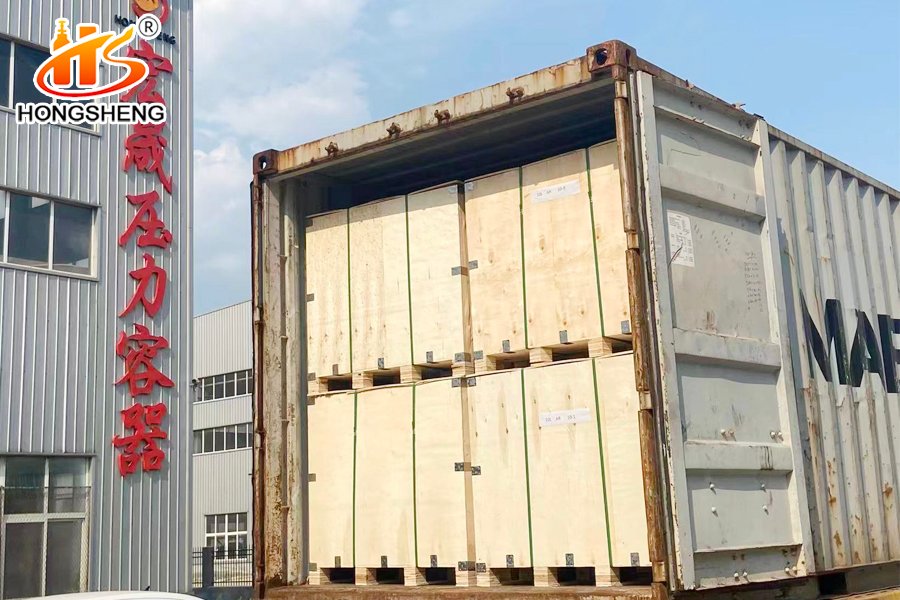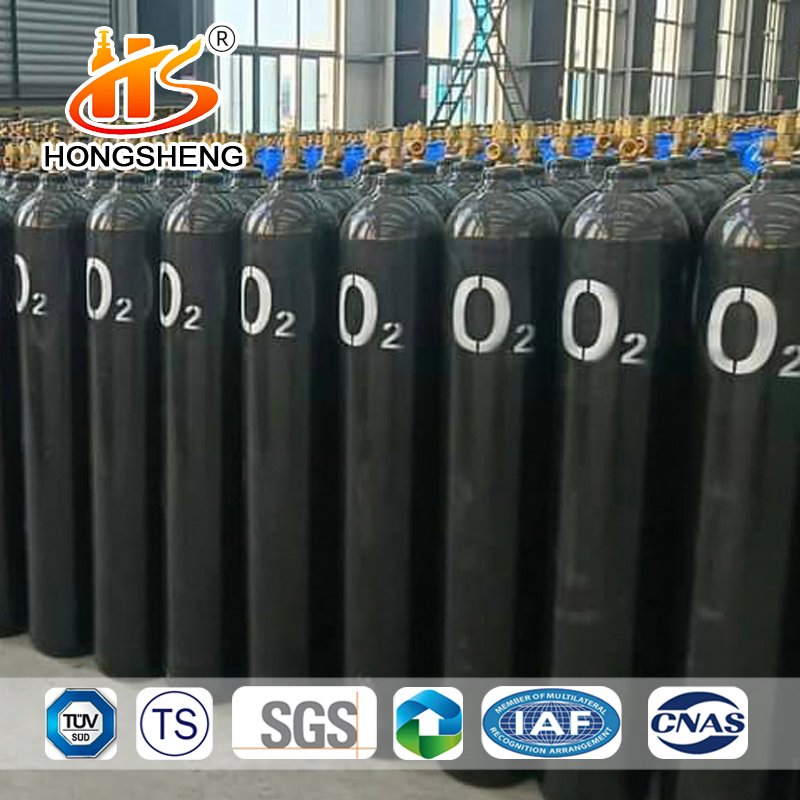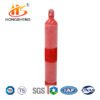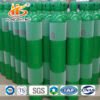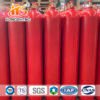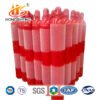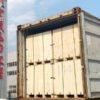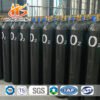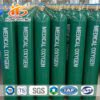
A mixed gas means a gas containing two or more effective components, or a gas which is an inactive component but whose content exceeds the prescribed limits
Tips til gassikkerhed:
1. From the perspective of safety, the feasibility of standard gas mixing must be studied before the preparation of standard gas. In particular, the explosive limit of each component gas should be considered. When preparing the standard gas composed of combustible gas and hydrogen (or oxygen), attention should be paid to whether the content of component gas exceeds the explosive limit. Otherwise, an explosion may occur in the process of preparation.
2, before preparing the standard gas, it should also consider whether chemical reaction (such as oxidation, corrosion, adsorption, etc.) occurs between the component gas and the material used in the cylinder and valve, so as to ensure the stability of the standard gas. According to the compatibility of component gas and packaging container material, different material cylinders and valves are selected to store standard gas.
Shandong Hongsheng Pressure Vessel Co, Ltd. er villig til at være din langsigtede partner og chef for cylindersikkerhed og i fællesskab eskortere din cylindersikkerhed.
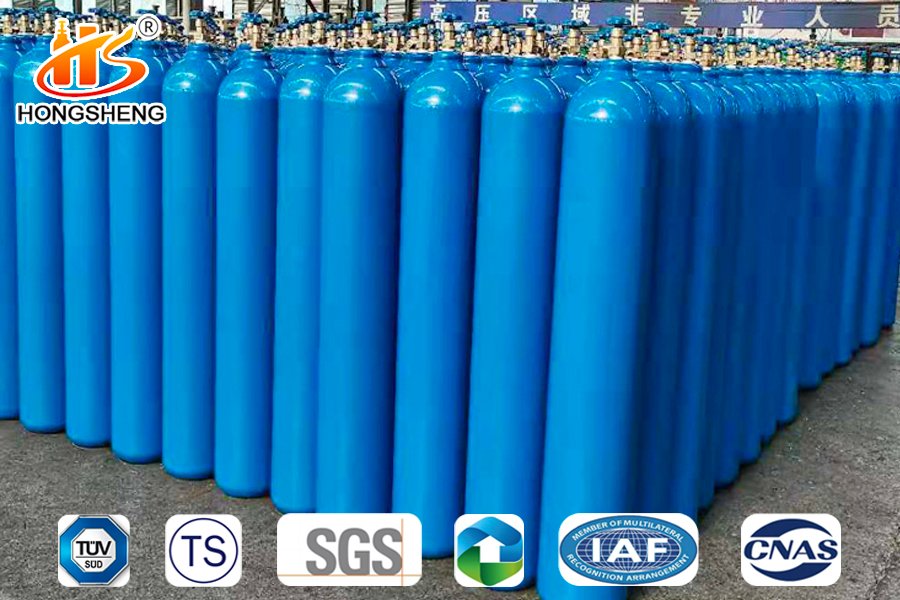
The properties of the gas mixture depend on the type and composition of the constituent gases. The composition of the gas mixture can be expressed in three ways.
① Volumetric composition: the ratio of component volume of the gas to the total volume of the mixed gas is expressed by RI.
The so-called partial volume refers to the volume of the component gas at the temperature and total pressure of the mixture.
(2) Mass composition: the ratio of the mass of the constituent gas to the total mass of the mixed gas is represented by WI.
③ Molar composition: a mole is the quantitative unit of a substance. If the number of basic units (which may be atoms, molecules, ions, electrons, or other particles) contained in a system is equal to 0.012 kg of carbon-12 atoms, the amount of matter in the system is 1 mole. The ratio of the number of moles of the constituent gases to the total number of moles of the mixture is x sub I.

Common mixture of gases
Dry air: a mixture of 21% oxygen and 79% nitrogen
Co2 mixture: 2.5% CO2 +27.5% nitrogen +70% helium
Excimer laser mixture gas: 0.103% fluorine + argon + neon + helium mixture gas
Welding mixture: 70% helium +30% argon mixture
High efficiency energy saving bulb filling mixture: 50% krypton +50% argon mixture
Childbirth analgesic mixture: 50% nitrous oxide +50% oxygen mixture
Blood analysis mixture: 5% carbon dioxide +20% oxygen +75% nitrogen mixture



